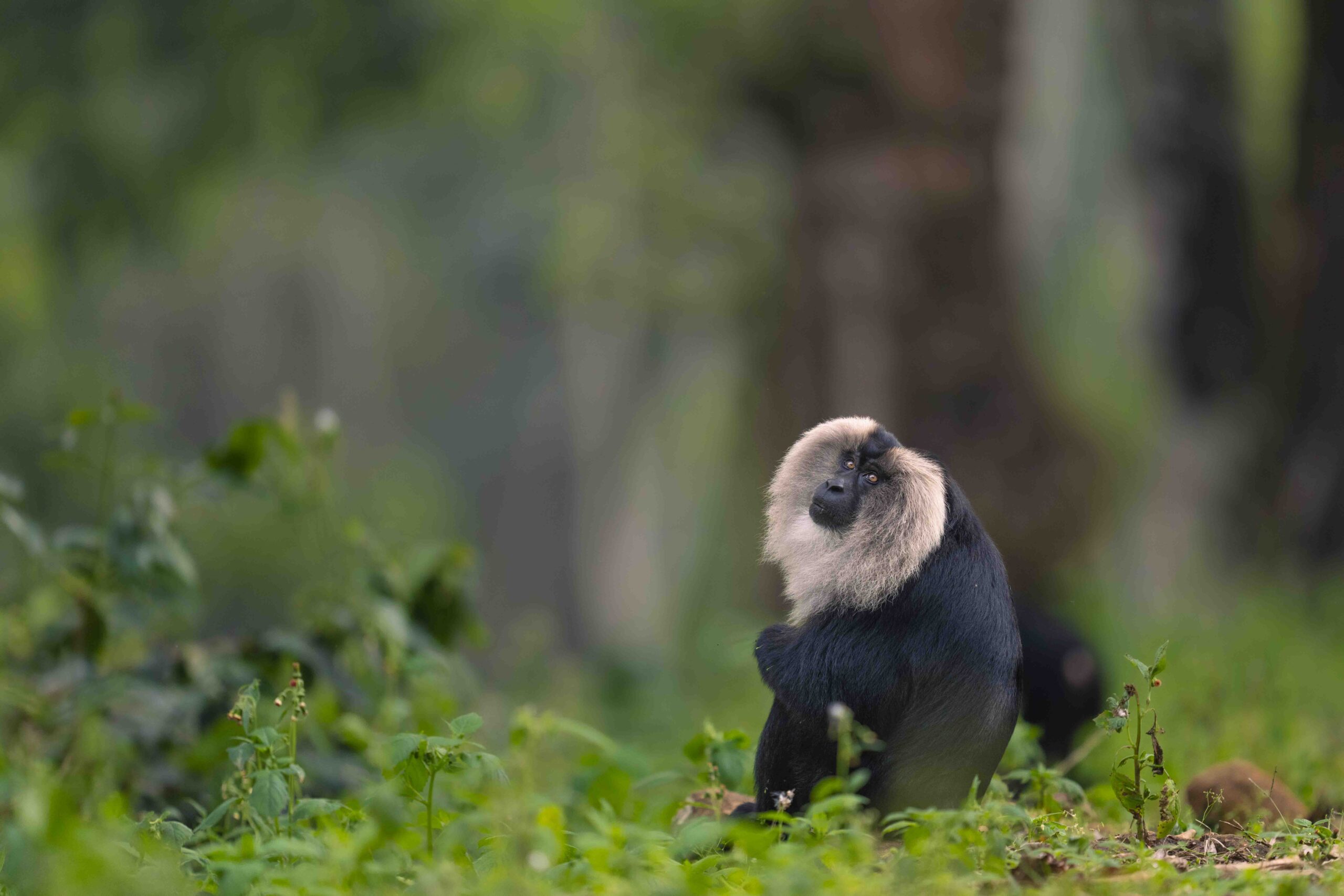
January 1, 2024
Monday, 11:30 PM
Puthutotam Estate,
Tourism Division of
Tea Estates India Ltd.,
Valparai, Taluk Valparai,
District Coimbatore,
Tamil Nadu, India
We left Pollachi today for Valparai. Ever since I have entered the South of India, the thought of clicking Lion-tailed Macaques (LTMs) has never left my mind. With that thought in mind we travelled to Valparai, which is known for LTM sighting, which is also because a lot of work on the conservation of LTMs has been done by the authorities here. The place we are staying at acts pricey only because LTMs frequent the estate and one can have a great view of them, otherwise this is just a big bungalow in the middle of a tea estate, and is not a particularly good place to stay. But, well, we had to click the LTMs, so we stayed.
The funny thing is, we did not find any LTMs on their tea estate but we did have a good sighting of them outside the estate. And we did get some pretty good shots of LTMs in action, running, jumping, playing and so on. So we had our entire day dedicated to shooting LTMs, and we have substantial footage and pictures to show for it. When it got too dark for any photography, we got back to our rooms to get some work done.
Before we part for the day, a word regarding the LTMs we chased the entire day. Lion-tailed Macaques, as amply obvious from the expression, are named not after their fur but after their lion-like tail with a tuft of hair at the end of the tail, like lions typically have. The LTMs live in rainforests and are often located in the upper canopy of monsoon forests or moist, tropical evergreen forests. They tend to move around, looking for food during the day and keep their activities to a minimum during nights. In one respect they are markedly different from other macaques. Unlike other macaque-kind, LTMs shun human presence as much as they possibly can. They want no food, no shelter, no cuddles from human beings, which is excellent because human connection has not worked all that well for the well-being of other macaque varieties.
That said, they are pretty much like other macaques when it comes to social behaviour among themselves. They live in a hierarchical groups of 10 to 20 with only one to three males and the rest females.